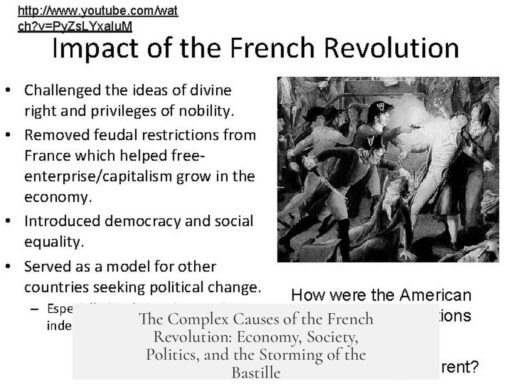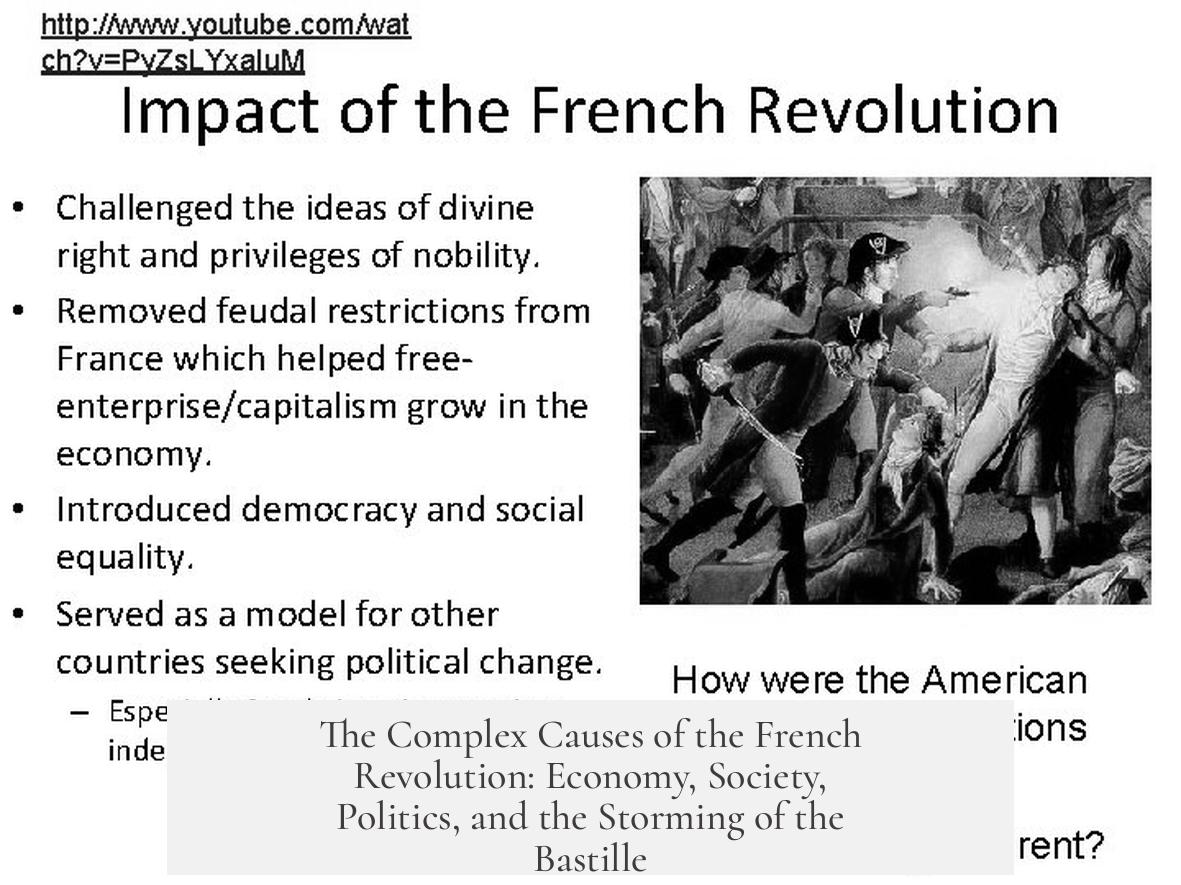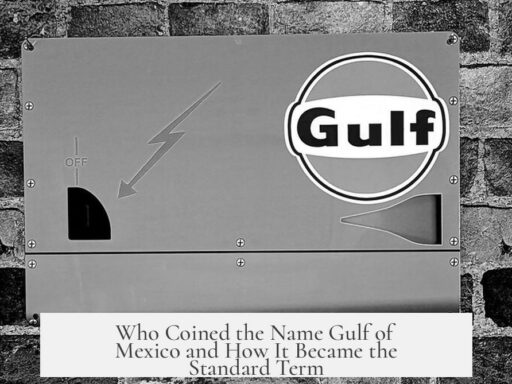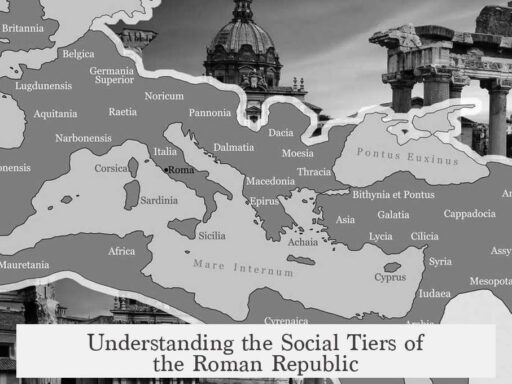The French Revolution was caused by a combination of long-term economic troubles, severe social inequalities, political mismanagement, and the influence of new ideas. These factors collectively weakened the monarchy’s status and pushed the people toward revolt.
Economically, the roots extend back to the 1600s. King Louis XIV’s lavish spending drained resources. His successors, Louis XV and Louis XVI, inherited increased debts from costly wars, including the Seven Years’ War and support for the American Revolution. By the late 1700s, France’s financial situation was dire. Over half of its budget went to interest payments, leaving little for other state needs.
When Louis XVI came to power, he faced a worsening crisis. His youth and lack of preparation interfered with leadership. Around the same time, France experienced a major crop failure, worsened by climatic changes like the Little Ice Age. Hunger spread quickly, leaving many people starving. The food shortage sparked widespread discontent and suffering.
The social structure added tension. France’s system was sharply divided into estates: clergy, nobility, and peasants. The lower classes bore heavy tax burdens and faced exploitation. Inequality persisted for centuries, fueling resentment. As poverty and starvation increased, it became easier to blame the monarchy. Revolutionary ideas promised relief and justice for the oppressed.
Politically, Louis XVI and his court made matters worse. Louis XVI showed indecision and poor judgment. His refusal to address economic problems and social grievances alienated many. Marie Antoinette, his queen, was unpopular due to her extravagant spending and rumors of indifference toward common people’s suffering. Her famous, likely apocryphal comment about “let them eat cake” deepened hatred toward the monarchy.
Efforts to reform were blocked by the king’s mismanagement. When Louis XVI convened the Estates General in 1789, he underestimated the common people’s resolve. He locked the Third Estate (peasants and bourgeoisie) out of meetings. They then formed the National Assembly. This act marked a direct challenge to royal authority and pushed the situation toward conflict.
Enlightenment ideas played a key role in shaping revolutionary thought. Philosophers questioned the divine right of kings and argued for equality, liberty, and democratic governance. The successful American Revolution inspired French revolutionaries, showing that established monarchies could be overthrown and replaced by republics.
The immediate spark came on July 14, 1789. A crowd stormed the Bastille prison in Paris. They believed it held weapons threatening them, though the prison actually contained few arms. This violent act symbolized the people’s frustration and desire to end despotism. The fall of the Bastille became a rallying point and escalated the revolution.
Following the initial uprising, France experienced a series of political changes. The constitutional monarchy established after the first phase of the revolution ultimately failed due to internal conflicts. A republic later emerged but descended into chaos and violence. Eventually, Napoleon Bonaparte seized power, forming an empire. After his defeat, Europe restored the monarchy but the revolutionary ideals persisted.
| Cause | Details |
|---|---|
| Economic Mismanagement | Longstanding debt from wars, extravagant royal spending, and interest payments draining funds |
| Crop Failures | Poor harvests, famine caused by climatic conditions, increased starvation among the poor |
| Social Inequality | Rigid class system, heavy taxes on peasants, exploitation leading to popular anger |
| Political Mismanagement | Louis XVI’s indecision, refusal to address issues, conflict with Estates General, unpopular queen |
| Enlightenment Influence | New political ideas promoting liberty, equality, questioning monarchy’s divine right |
| Immediate Spark | Storming of the Bastille symbolizing popular revolt against oppression |
The French Revolution was complex. The economy’s collapse was the immediate trigger, but it interacted with social injustice, political failures, and new philosophical ideas. People’s hunger and desire for change exploded into violence, starting with the Bastille’s fall. This event marked the shift from discontent to revolution and overwhelmed royal control.
- France’s debt and royal spending created financial crisis.
- Crop failures caused widespread famine and suffering.
- Social inequality fueled anger against the privileged classes.
- Louis XVI’s poor leadership intensified tensions.
- Enlightenment ideas inspired new demands for governance.
- The Bastille’s storming ignited open rebellion.
- The revolution led to a series of political changes and upheavals.
What caused the French Revolution? Unpacking the Complex Spark of a Nation’s Upheaval
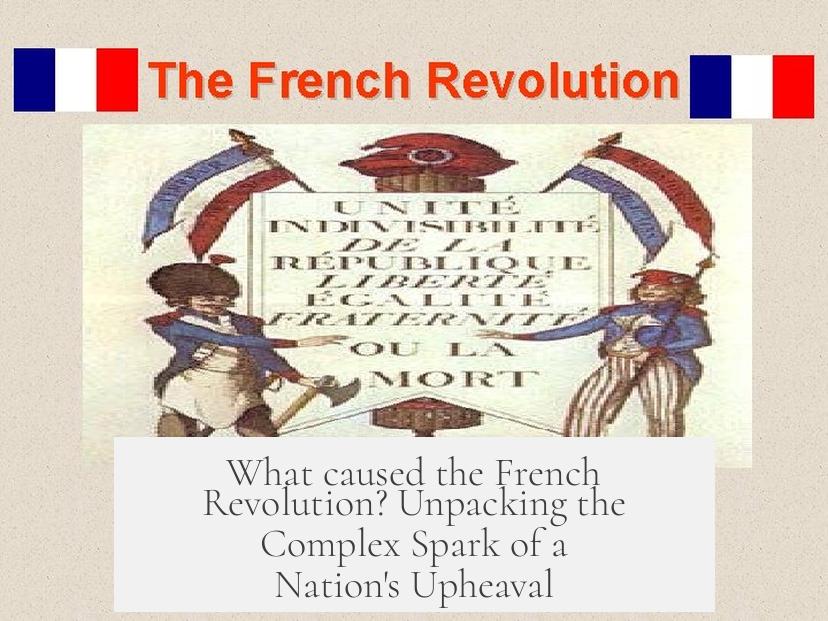
The French Revolution was ignited by a combustible mix of economic failure, social inequality, political missteps, and fresh ideas about governance. That’s the nutshell answer. But like any dramatic saga, the real story dives deep into decades of mismanagement, hunger, unrest, and a royal family wildly out of touch with reality.
Let’s stroll through this explosive recipe piece by piece, as if we’re detectives piecing together the mystery behind one of history’s most seismic moments.
Economic Causes – The Money Pit of French Royalty
Imagine a nation whose rulers have been burning through cash like it’s going out of style since the 1600s. King Louis XIV, the “Sun King,” starts this financial crash by spending lavishly. Set the gold standard for extravagant palaces; Versailles anyone?
By the time Louis XV grabs the checkbook, the country is maxed out. Their debt balloons thanks to the humiliating defeat in the Seven Years’ War and support for the American Revolution. Over half the yearly budget vanished just paying interest!
Along comes Louis XVI, who inherits this money mess as a child with no training. His reign starts amid an economic crisis made worse by crop failures—likely thanks to the chilly Little Ice Age. Poor harvests mean hungry mouths. When people are starving, desperate sparks fly fast.
Social Causes – Class Wrongs and Full Stomachs on Empty
Pre-revolution, France looks like a pie sliced unfairly. One tiny slice of nobles and clergy get most of the wealth. The rest—the peasants, workers, middle class—live in grinding poverty, paying heavy taxes to sustain the royal lifestyle.
People are cold, hungry, and furious. When you mix widespread starvation with centuries of exploitation, resentment boils over. It’s no wonder folks start whispering about change after hearing promises that overthrowing the king will fill their empty stomachs.
For centuries, elite families piled burdens on the poor. This wasn’t just about money—it was social snobbery and systemic classism. The ground-zero of revolution bears the footprint of this long-running injustice.
Political Causes – A Royal Family Out of Sync With Reality
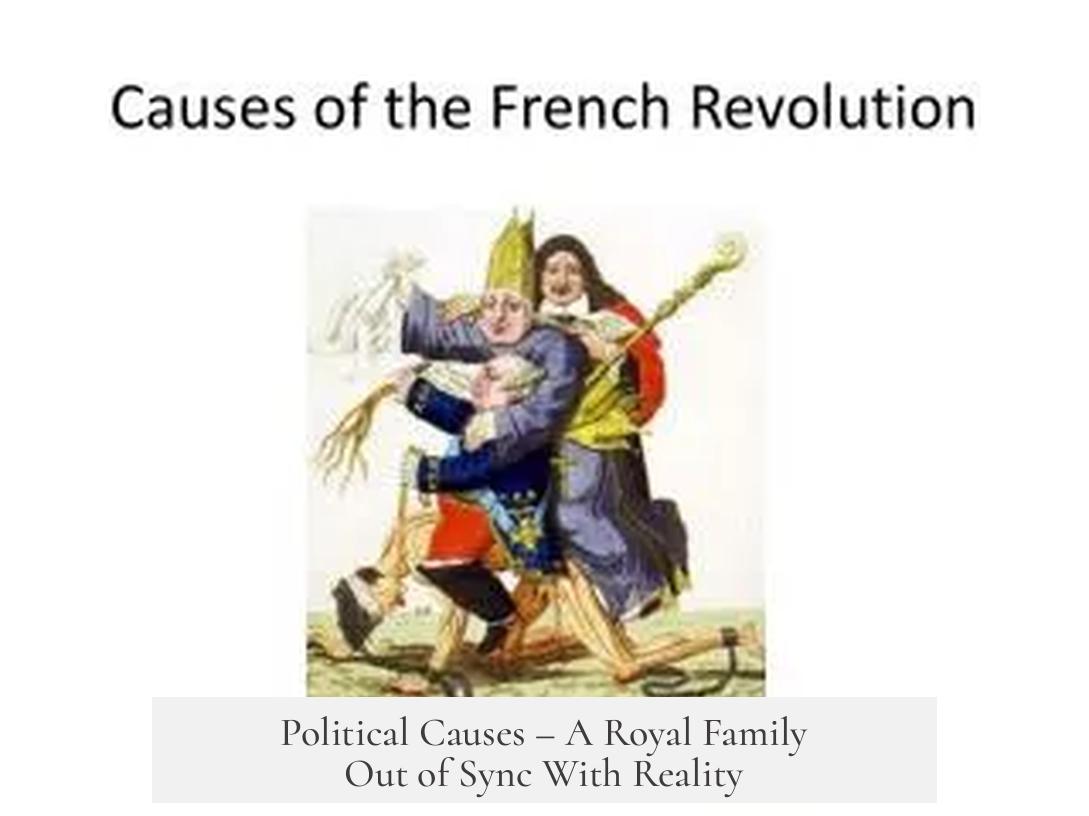
Louis XVI might be the most ill-equipped monarch in French history. He flips on decisions, avoids confronting crises, and scores low on leadership skills. When he calls the Estates General in 1789, he clumsily tries to shut out the peasants. That backfires spectacularly.
Locked out, the Third Estate (peasants) meet elsewhere. They swear the famous Tennis Court Oath — a vow to rewrite France’s political rules. It’s a bold slap in the face to monarchical power.
Then there’s Marie Antoinette, Louis’s wife, whose reputation for extravagant spending fuels public fury. The infamous “Let them eat cake” line (probably made up) still symbolizes how disconnected the royal couple seemed from the suffering people.
On top of all this, Enlightenment thinkers like Rousseau and Voltaire have poured gasoline on the fire by spreading radical ideas about liberty and democracy. Questioning God-given royal authority wasn’t just trendy—it was revolutionary.
The Spark – Storming the Bastille
By July 1789, tension in Paris feels like a ticking bomb. The rumor spreads: the government is hiding weapons under the Bastille prison.
On July 14th, a mob storms the fortress, kills the guards, and breaks in. Surprise—the weapons stash is mostly a myth. But the Bastille becomes a symbol of tyranny shattered. This act lights the flame that burns months, years, and decades later through France.
Broader Context – Revolutions Upon Revolutions
It’s not just one quick upheaval. The French Revolution unfolds as a series of chaotic chapters.
- The first phase aims for a constitutional monarchy—a government limited by laws. It fails.
- The republic established afterward descends into chaos.
- Napoleon steps in, establishes an empire, and reshapes Europe.
- After Napoleon falls, old monarchies get restored across the continent.
This cycle shows how deep the unrest was—changing governments wasn’t easy or clean.
Why Does This Matter? Lessons from the French Revolution
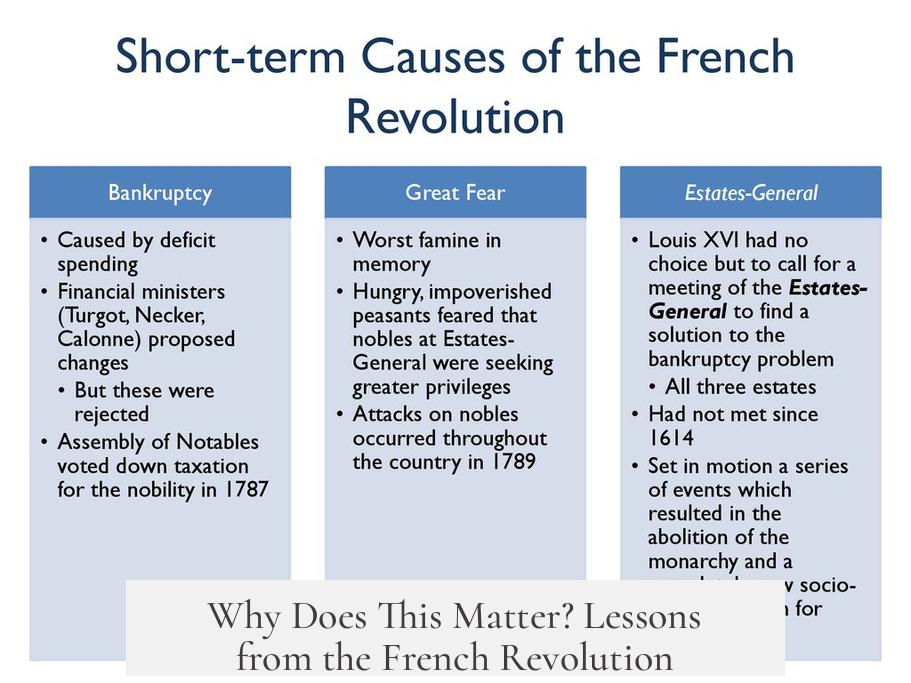
Looking back, the French Revolution teaches us how fragile governments can be when leaders ignore economic realities, fail to address social inequalities, and dismiss new ideas about power.
Could Louis XVI have avoided the fall if he listened to his people? Maybe. But decades of debt, hunger, and injustice had already carved cracks deep enough that a single gesture couldn’t fix.
It also shows how economic failure may light the fuse, but ideas—Enlightenment thinking, desire for representation—inspire people to reach for something better.
Final Thoughts — So, What Really Caused the French Revolution?
The answer is complex. It’s a stew of:
- Long-term financial mismanagement and crippling debt.
- Starvation caused by crop failures during the Little Ice Age.
- Massive class inequality and exploitation of the poor.
- Political ineptitude and disconnect from the common people.
- The spread of new, revolutionary Enlightenment ideas.
- And, of course, the immediate trigger—the storming of the Bastille.
All these pieces fit together like a puzzle revealing why ordinary French men and women took extraordinary risks to overturn the old order.
Next time you think about revolutions, remember: it rarely boils down to one cause. Instead, slow-burning failures, societal tension, and ripe conditions for change come together, transforming history in a blaze of hope and chaos.
What economic problems led to the French Revolution?
France faced massive debt from wars and royal spending. Interest payments consumed over half the budget. Crop failures caused famine, worsening public suffering and triggering unrest.
How did social inequality contribute to the Revolution?
Long-standing class inequality burdened the poor with heavy taxes and exploitation. Starvation and poverty made many rally against the monarchy, demanding change.
What political mistakes did Louis XVI make that fueled the Revolution?
Louis XVI poorly managed crises and alienated the Third Estate by ignoring their grievances. His indecision and failure to address food shortages increased public anger.
How did Enlightenment ideas influence the Revolution?
New ideas questioned the king’s divine right to rule. The success of the American Revolution inspired French revolutionaries to seek political reform.
Why was the Storming of the Bastille important?
The Bastille symbolized royal oppression. Its storming in 1789 became the Revolution’s spark, rallying people against the monarchy and igniting violent uprisings.
